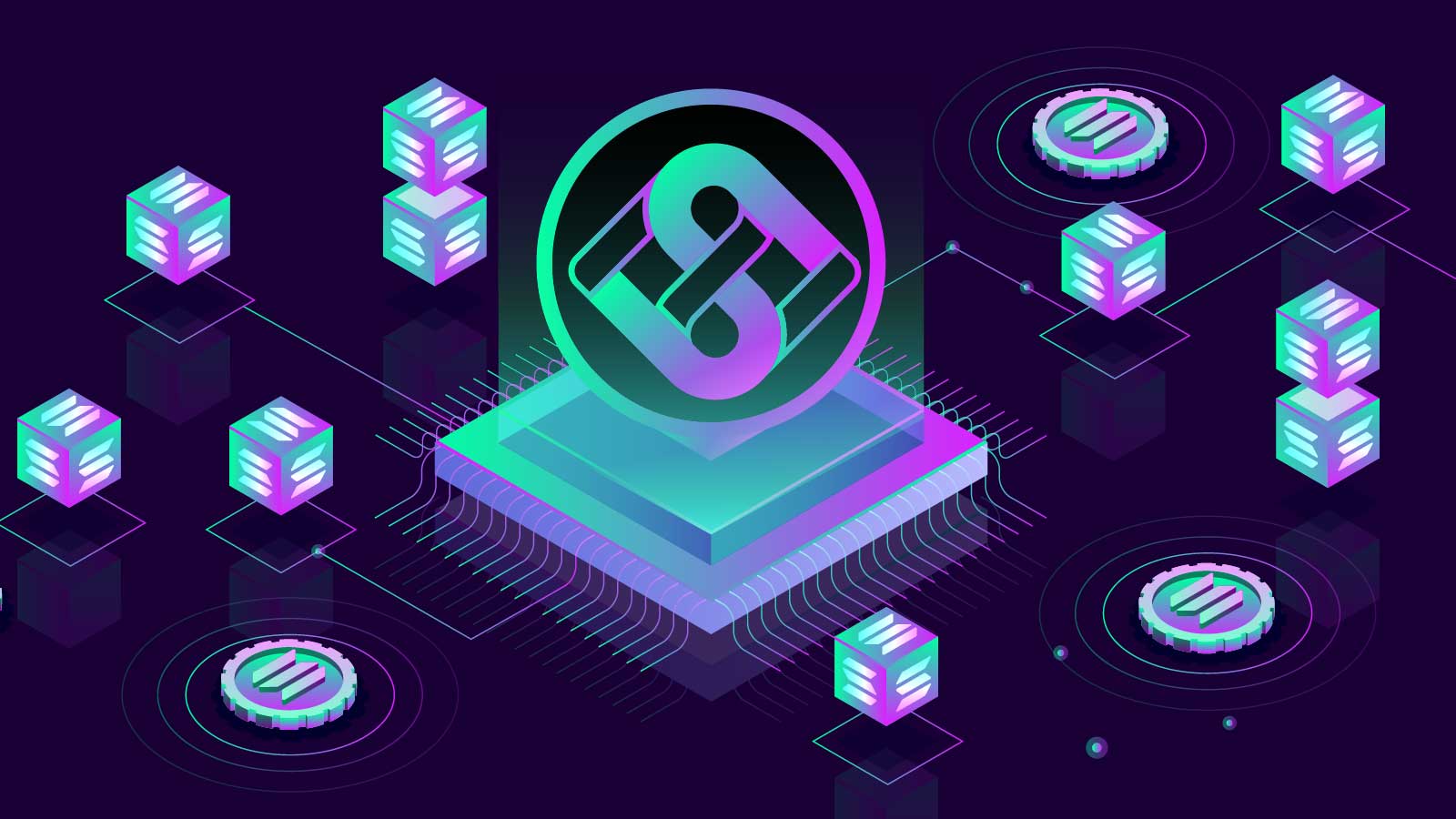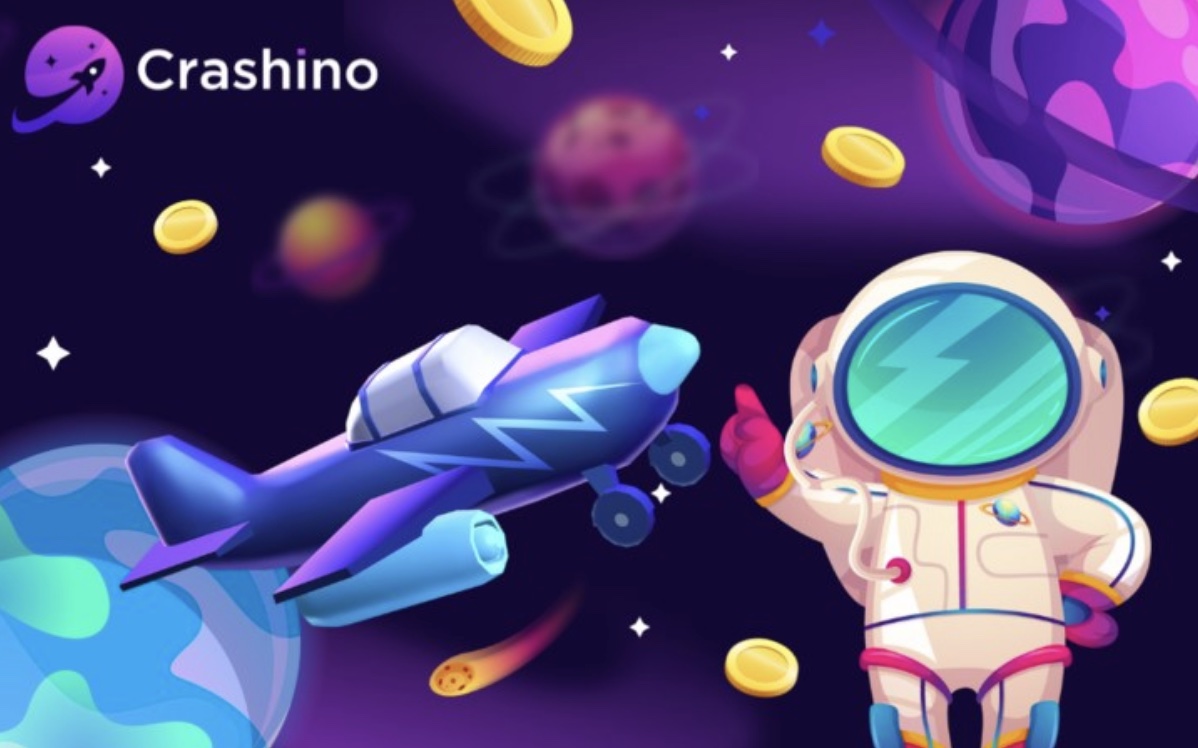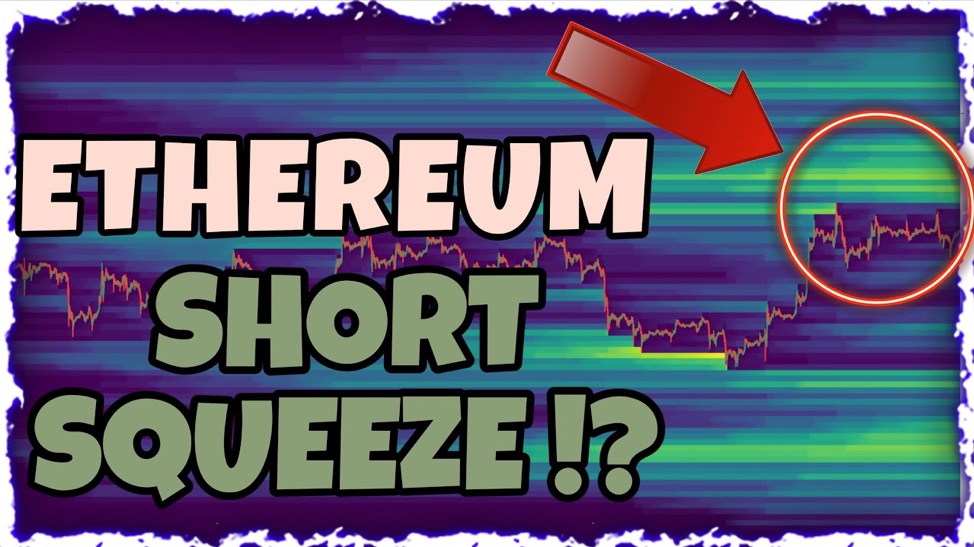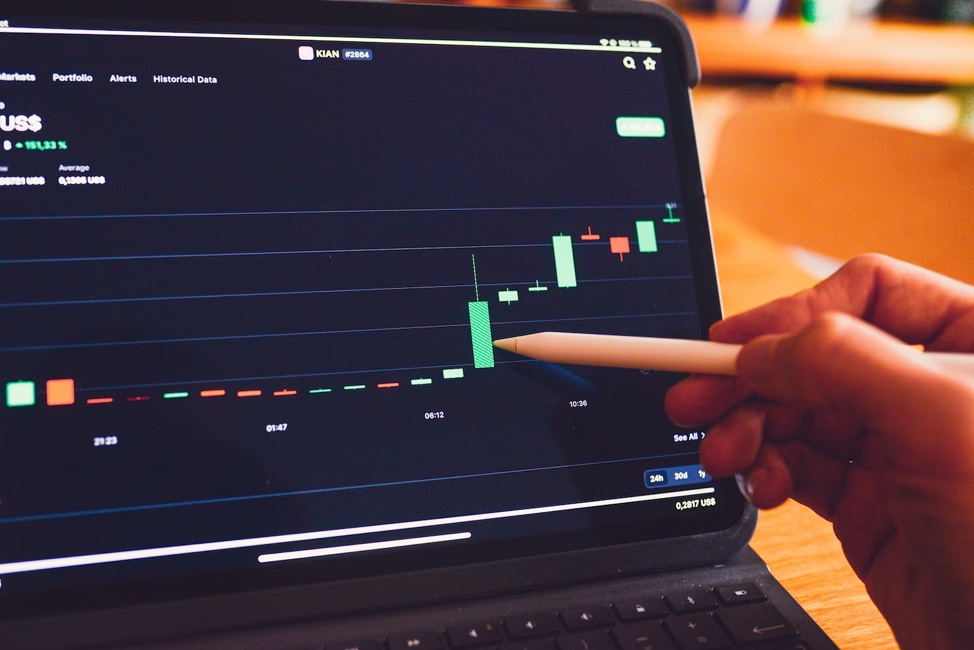Luna Yield, the latest DeFi offered for sale on a Solana network fundraising platform has simply disappeared, with customers already sure of a “rug pull”.
The term DeFi has become popular in recent years, leading many people to invest in projects that offer financial services with cryptocurrencies.
One of the most common examples of these applications is collateral loans, which can be backed by a known digital currency.
In the case of Luna Yield, the team had made a so-called IDO, process of raising funds from investors to launch a project.
This process was led by SolPAD, a popular DeFi launch pad in Solana (SOL).
It is worth noting that Solana’s price attracts the attention of investors, who perceive a large appreciation in the market.
In the market it is known for being a direct competitor of Ethereum, Cardano, Polkadot and Binance Smart Chain. With the new appreciation, this cryptocurrency became the tenth most valuable on the market.
Luna Yield: DeFi on Solana disappears
Building on the success the network has attracted and an ecosystem full of innovations, DeFi Luna Yield is the new issue for Solana investors, who have seen the team on this project completely vanish from the map.

Luna Yield’s social networks were all disabled, as well as the project’s official website launched this week.
On August 19, when the problem was detected, the community was still following the first steps of the team, which raised $6.7 million on the 16th of this month.
In a statement to the market, the platform where the team made the so-called IDO, fundraising process, said it also realized that all the coins available to the project developers had already been moved.
“Luna Yield, the latest IDO on our Launchpad, seems to have some problems. The Luna Yield Team took down their website and all other social media. They also withdraw all liquidity. SolPAD still can’t reach Luna Yield Team to figure out what happened”.
They claimed to be investigating the issue and trying to contact the devs, but still to no avail.
We are trying to find ways to support users and contact some third parties to investigate the problem. Please be patient, and provide us any information related to Luna Yield. Thank you for your cooperation.
— SolPAD (@FinanceSolpad) August 19, 2021
Restitution Plan in Solana
This Saturday, SolPAD said it will give back DeFi participants in Solana who saw the team apply the ‘rugpull’, a scam in which the creators of a cryptocurrency disappear with the victims’ investments.
“We will sort out the list and directly distributed the compensation into the participant’s wallet (the same wallet that joined the IDO on August 16th. We will compensate users in USDC, with a value equal to 60% of the purchased amount.”
For example, if user A bought 400 USDC of allocation in the round, he will get 400*60% = 240 USDC, airdrop directly user A wallet.
The distribution will start next week, and we expect it to finish within a few days. Thank you so much for being so patient with us.— SolPAD (@FinanceSolpad) August 21, 2021
What is DeFI?
Briefly explained, DeFi are blockchain applications that provide services similar to what we are used to in the traditional financial system, but in the crypto environment.
Most of them, including all the ones we’ll list here on the Bitcoin Marketplace, are created as applications on Ethereum (ETH).
Let’s start to understand by an example: loans
For you to obtain a loan at your bank, several documents are required, in addition to a credit analysis, and your loan may be denied.
In addition, the monthly interest can be very high if you can pass the approval. Anyone who has ever taken out a loan knows that, in the end, it is usually an option to be taken as a last resort.
That said, it becomes easy to see why DeFi Loans exist, which are currently one of the most used applications in the industry.
DeFi applications related to loans, using the blockchain, cut through intermediaries, such as the bank, and allow loans to be made directly, between two people, who do not know each other, through Smart Contracts.
In this way, it is possible to:
- Get a loan, to use it as you wish;
- Provide a loan, taking on the role of the bank in a traditional transaction, and earning a return on borrowed capital in payment.
But how does DeFi work?
Each DeFi application has its own operation and its own rates, but in general they follow the same guide.
As a rule, you leave an amount locked in a certain cryptoactive, such as Ethereum (ETH), and receive the amount borrowed in a dollar-backed token.
Then, you could, for example, sell this dollar-backed token at a brokerage house, receive funds in your national currency in exchange and use it in your daily life.
This way, you can keep your exposure in crypto, as your guarantee (collateral) in this example would remain in Ethereum while you can receive to pay your bills.
Also, if you are the loan provider, you can earn more return in crypto with the interest rate of the platform you use.
Lending platforms are just one of many possible applications within this segment of the cryptoactive market.
There are several others, such as tokens backed by national currencies (stablecoins) – such as the USDC and PaxGold -, forecasting and betting markets, among many others.





